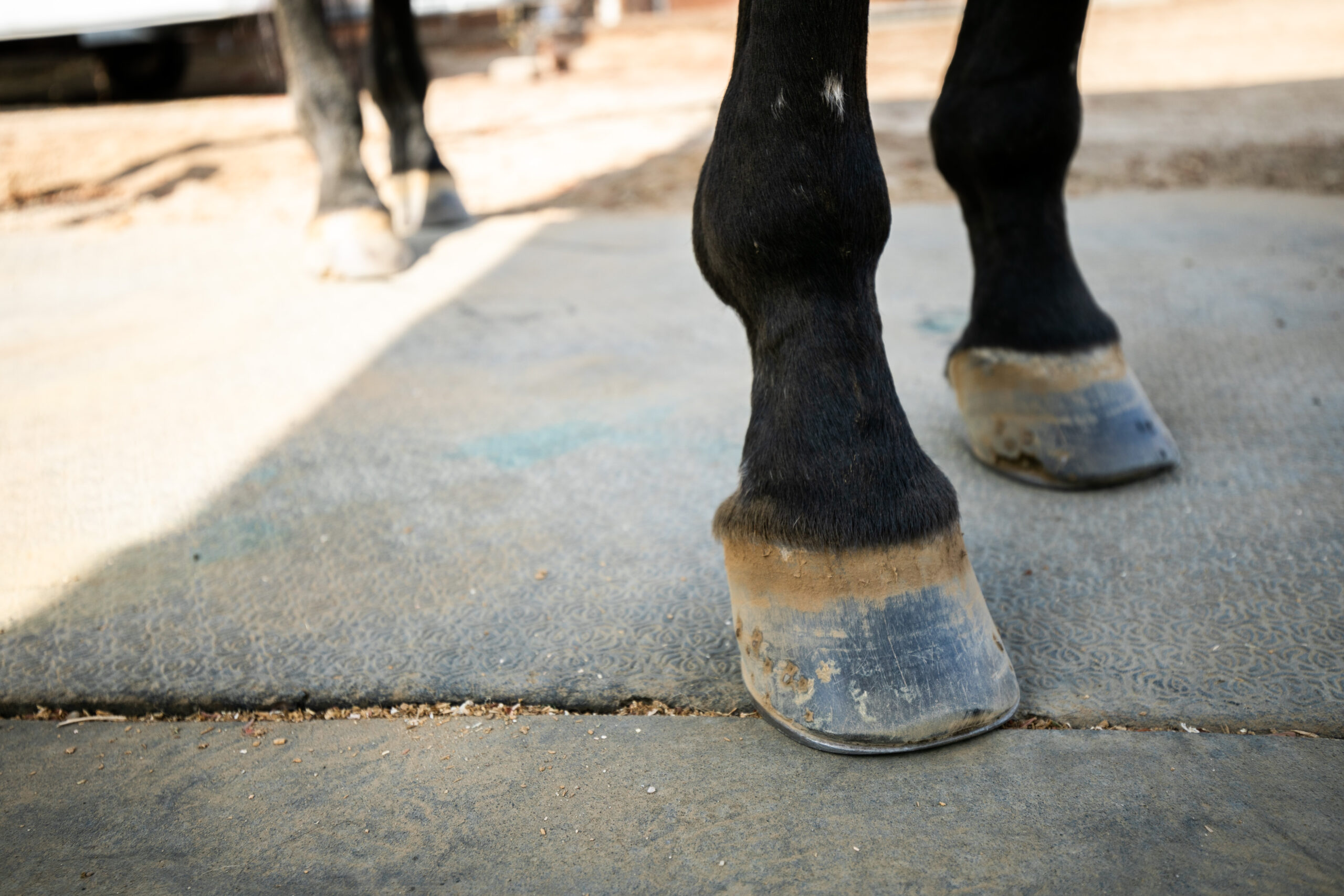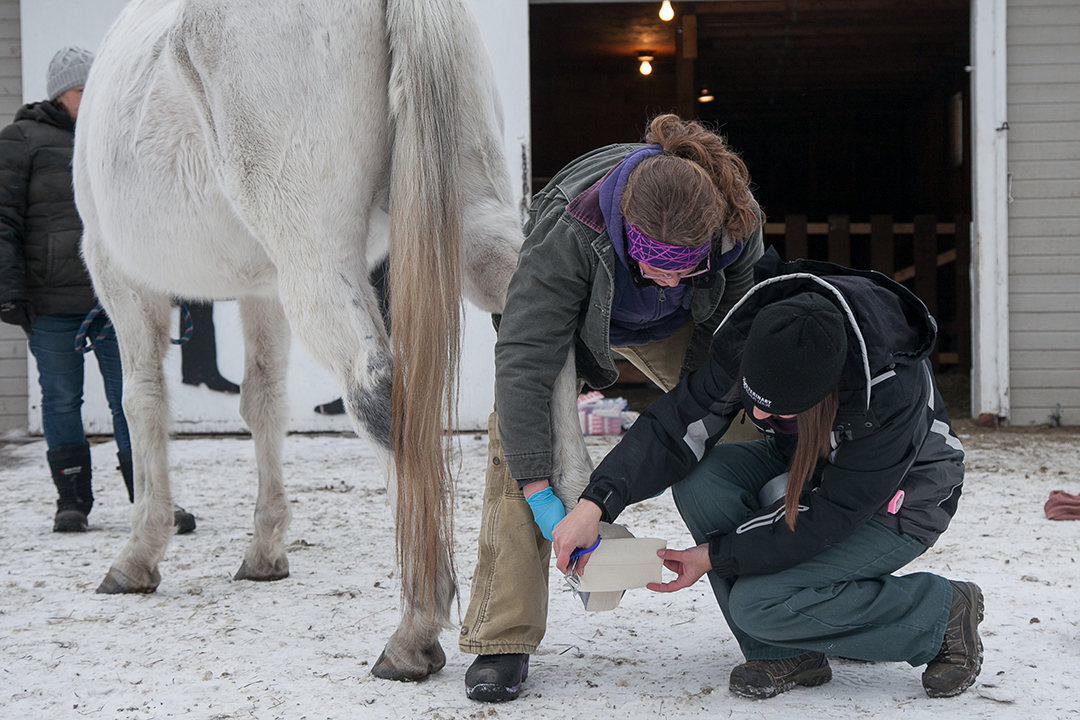
How long to soak hoof abscess: Key insights and tips?
Share
Hoof abscesses are a common issue in horses and can cause significant discomfort and pain. As a health-conscious pet owner, understanding how long to soak hoof abscess is crucial for providing the best care for your equine friends. In this article, we will explore the signs of hoof abscesses, the treatment process, and tips for managing this condition effectively.
First things first, recognizing a hoof abscess early is essential. Symptoms may include lameness, swelling, heat in the hoof, and sensitivity when pressure is applied. Once you suspect your horse may have a hoof abscess, soaking the affected hoof becomes an immediate line of treatment. But just how long should you soak it for optimal results? Let's delve deeper into the necessary steps and considerations.

Understanding Hoof Abscesses
A hoof abscess occurs when bacteria enter the hoof, often through cracks or damage. If left untreated, it can lead to severe pain and complications. Therefore, timely management is crucial. The soaking process is one of the most effective methods to alleviate pain and allow drainage of the abscess. But how long to soak hoof abscess varies based on several factors.
The Soaking Process
To soak a hoof abscess, you'll typically need:
- A large bucket or container to hold warm water.
- Epsom salt or other solutions as recommended by a veterinarian.
- A towel for drying afterward.
Fill the container with warm water and add a recommended amount of Epsom salt. Now, heres the pivotal part: the soaking duration. It is generally advised to soak the hoof for about 20 to 30 minutes. This allows the warm water and Epsom salt to draw out impurities and help soften the hoof for easier drainage.
Frequency of Soaking
After understanding how long to soak hoof abscess, consider the frequency of this treatment. It is recommended to soak the hoof once or twice daily, especially in the initial stages of treatment. Each session should aim for the same duration of 20 to 30 minutes to ensure maximum efficacy.
Post-Soaking Care
Once your horses hoof has been soaked, drying it properly is essential to prevent further infection. After drying, it is advisable to wrap the hoof with a clean bandage to isolate it from dirt and debris. Keeping the affected hoof clean while allowing it some ventilation aids in the healing process.
Signs It's Working
Monitoring your horses response during the soaking process is vital. Look for signs of reduced pain, improved mobility, and a decrease in swelling. If the abscess starts to drain, thats an encouraging sign that the treatment is working. However, be cautiousif symptoms worsen, it may be time to consult a veterinarian immediately.
Alternative Treatments for Hoof Abscesses
While soaking is an effective first step, other treatments may also be employed based on your veterinarians advice. Here are a few alternatives:
- Bursting the Abscess - Sometimes, a vet may need to open the abscess surgically to ensure full drainage.
- Post-Burst Care - Proper aftercare following drainage is essential to prevent reinfection.
- Care After Drainage - Familiarize yourself with the necessary post-treatment steps.
Prevention Tips for Hoof Abscesses
Preventing a hoof abscess is undoubtedly better than treating one. To safeguard your horse's health, consider the following:
- Regular hoof care and trimming by a professional farrier.
- Ensuring that your horse has a clean, dry place to live. Moist environments can increase the risk of abscesses.
- Pay attention to your horse's movements and behaviors; any signs of discomfort should be addressed immediately.
When to Call a Vet
In some cases, despite your best efforts, the condition of a hoof abscess may not improve. Signs that warrant a visit to the veterinarian include:
- Persistent swelling or lameness after soaking.
- Foul odor coming from the hoof.
- Fever or other systemic signs of infection.

Frequently Asked Questions (FAQ)
1. How often should I soak a hoof abscess?
Its generally recommended to soak the hoof once or twice a day for 20 to 30 minutes during treatment.
2. Can I use plain water for soaking?
While plain warm water can help, adding Epsom salt is beneficial as it draws out impurities and provides relief.
3. Will my horse need medication besides soaking?
Sometimes, additional treatments such as antibiotics or anti-inflammatories may be necessary, depending on the veterinarian's assessment.
As you manage hoof abscesses, it's vital to remain observant, proactive, and consult with professionals whenever necessary. With the right care and attention, your horse can recover quickly and get back to their normal activities. If you are interested in more about handling hoof abscesses, we recommend checking out this informative resource on treatment prevention.
As an Amazon Associate, I earn from qualifying purchases.
